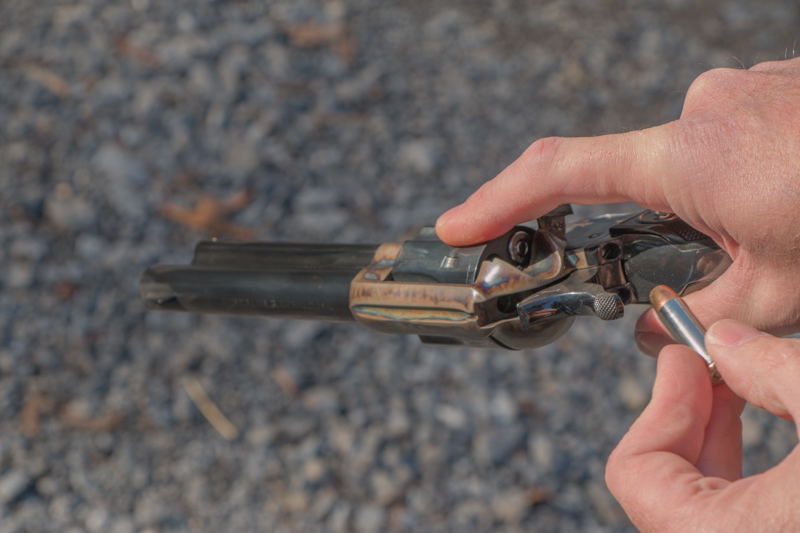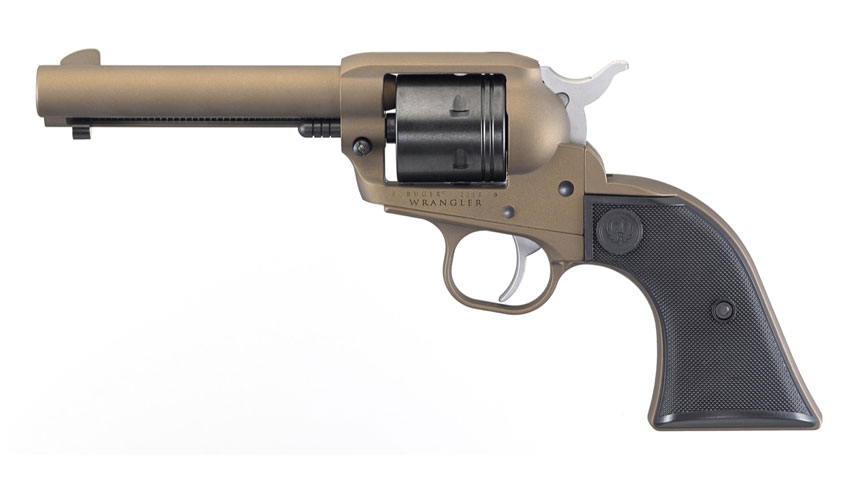

In this way, a number of rapid-fire shots could be fanned dramatically faster than thumb-cocking the hammer and pulling the trigger for each shot. The most notorious was "fanning" a single action, in which the hammer was slapped back with the off hand while the gun hand kept the trigger depressed. In the interest of showmanship, however, a number of improbable-and impractical-techniques were exploited during the television western/fast-draw era of the '50s and '60s. Thus, a lost art was rediscovered by a new generation of shooters. In the early years, fast-draw specialists such as Arvo Ojala and Rod Redwing made their livings-and reputations-by instructing actors-and, indirectly, the public-in the forgotten skill of sixgun shooting. Later, German and Italian clones were added to the mix. This, in turn, begat the return of the single-action revolver, most notably early replicas from firms such as Hy Hunter and, soon afterward, with Ruger's Single Six and Blackhawk revolvers, followed by Colt's reintroduction of its famed Single Action Army.


That began to change in the 1950s with the small-screen phenomenon of TV westerns and the subsequent fast-draw craze. The long hammer throw of the single-action revolver demands a steady hold to keep the gun on target during let-off. But even with the growing acceptance of double actions, most gunmen of the time still preferred to cock the hammer before squeezing off a round, as the longer, stiffer trigger pulls of those early wheelguns made accurate bullet placement pretty much a single-action situation. You either did it correctly or ended up literally shooting yourself in the foot, or worse. A single action comes with its own set of guidelines comprising some very basic but often critical do's and don'ts.ĭuring the 19th century, and prior to the 1870s-before the widespread advent of the double-action revolver-there was no trick to shooting a single action, for that was all there was. That, of course, is a totally erroneous statement. Shooting a single-action revolver is much the same, although some would argue that there is no inherent skill needed, once you know the fundamentals of handgun shooting in general. Like riding a bicycle or baiting a hook, some things are not forgotten even though we may never do them again.


 0 kommentar(er)
0 kommentar(er)
